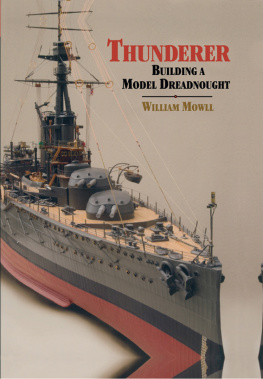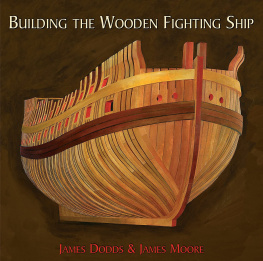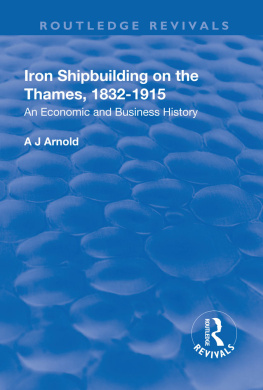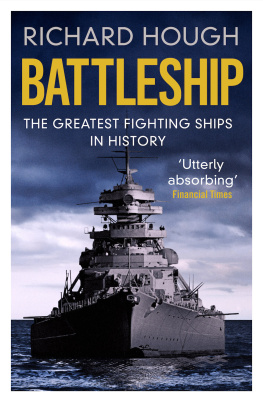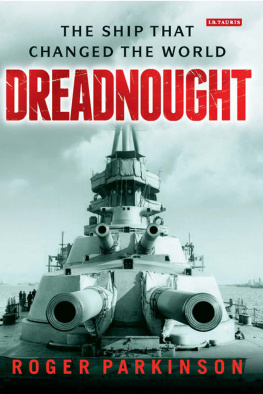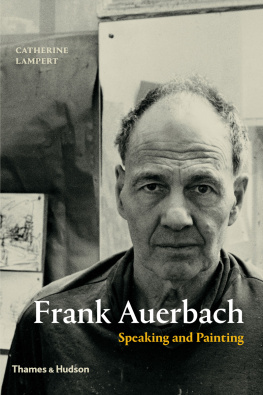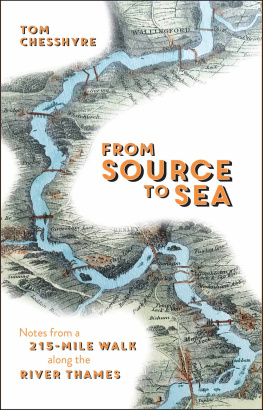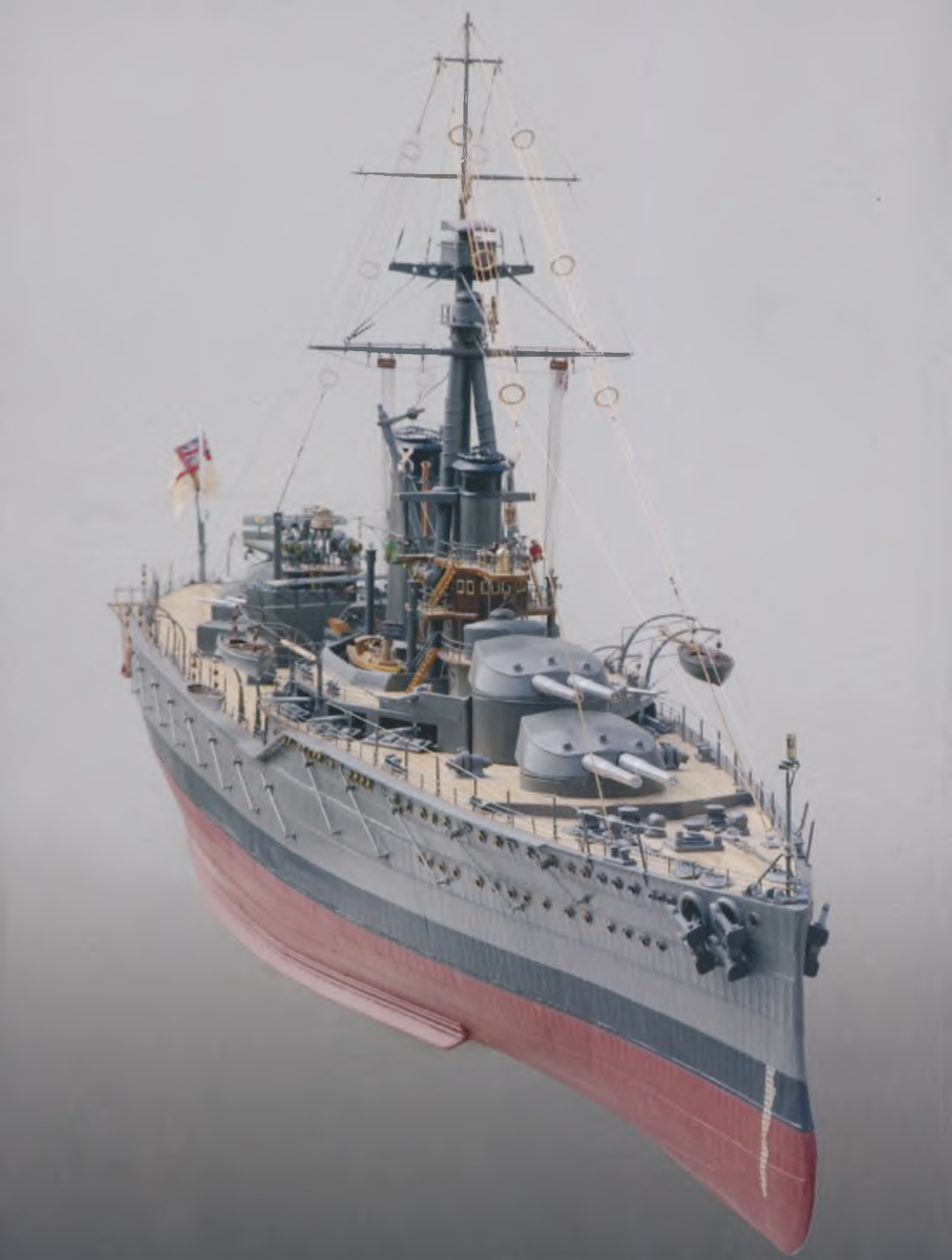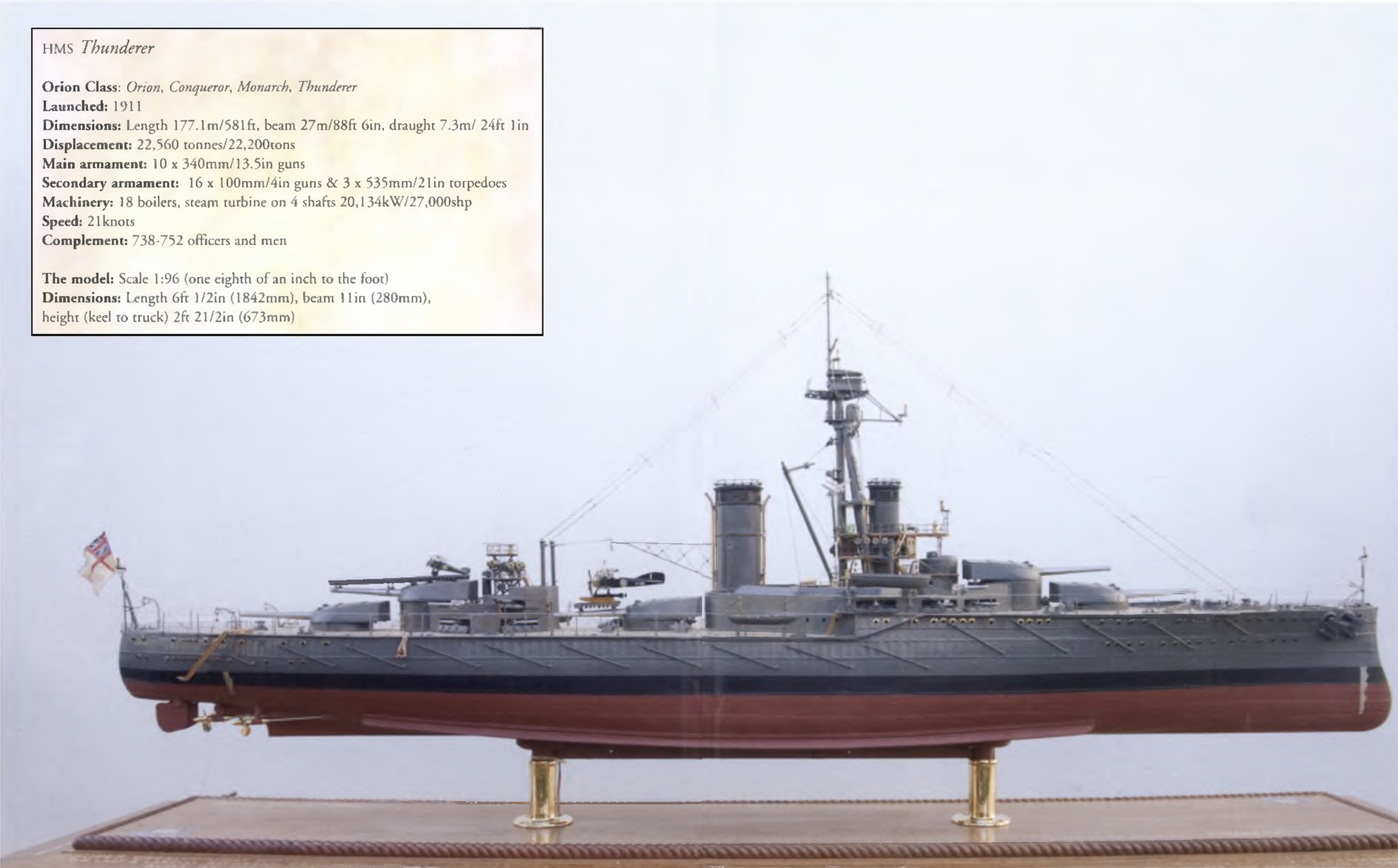THUNDERER
THUNDERER
BUILDING A MODEL DREADNOUGHT
WILLIAM MOWLL
Foreword by Simon Stephens
Seaforth
PUBLISHING
Dedicated to Patrick Hills and Charles Warner,
the grandson and great-grandson of Arnold J Hills
Copyright William Mowll 2010
First published in Great Britain in 2010 by
Seaforth Publishing,
Pen & Sword Books Ltd,
47 Church Street,
Barnsley S70 2AS
www.seaforthpublishing.com
British Library Cataloguing in Publication Data
A catalogue record for this book is available from the British Library
ISBN 978 1 84832 059 8
All rights reserved. No part of this publication may be reproduced or transmitted in any
form or by any means, electronic or mechanical, including photocopying, recording, or
any information storage and retrieval system, without prior permission in writing of both
the copyright owner and the above publisher.
The right of William Mowll to be identified as the author of this work has been asserted
by him in accordance with the Copyright, Designs and Patents Act 1988.
Title page photograph and those on pages 89 and 13034 Herb Schmitz
Typeset and designed by Ian Hughes
Printed and bound in China
I should like to thank the following, whose help has been invaluable to me both in the building of this model, and also in the production of this book.
Terence J Brown, former Chairman of West Ham United Football Club plc, who in 2004 commissioned the building of the model for the Clubs museum.
Jenny Munroe Collins, Assistant to Richard Durack at Newham Archives, Stratford Library in London, for help with the originals of the Thames Iron Works Gazette and photographic archive.
F Crippen, signwriter, for hand lettering in gilt the information and data on the baseboard.
Malcolm Darch, for his research into the 42ft naval cutter, and being godfather to the model.
Ascannio Giannuzzi, who digitalised the Proxxon milling machine, calibrated the indexing chuck, and came up with the idea of the slitting saw rivet-impressing wheel.
Michael Grimwood, who parted with the garden seat slat made from Thunderers original teak deck.
John Hamlin, for his collection of battleship postcards.
Richard Judges, who helped set up the new workshop, levelling the concrete base for the lathe.
Michael Maidens, of ConsultaNet Ltd, who in September 2008 rescued two-thirds of the text over twenty-two days, after a total computer failure.
Alistair Malcolm, for introducing me to Michael Grimwood, owner of the garden bench.
Jeremy Nesham, cabinetmaker, who is responsible for the baseboard.
John Peto, my former magazine Sports Editor, for help with researching the two aircraft.
Don Sattin, barge builder and author, who passed on to me his precious stash of boxwood.
Steve Taylor, professional laminator of glassfibre, who has physically assisted and advised me in the use of this material.
Major Guy Gilks, Royal Marine Reserve, for arranging the short act of remembrance aboad USS Texas, 11 November 2008.
Charles Warner and Patrick Hills, who have allowed me access to family papers, photographs and other memorabilia relating to Arnold J Hills.
Julian Mannering, my editor at Seaforth, who has given unstinting support for the idea of this book.
Stephanie Rudgard-Redsell, whose scholarly approach to my workshop notes and first rough draft has resulted in the presentation of a polished and properly-structured script.
To my wife Susie who, stoically and heroically, puts up with it all.
William Mowll
June 2009
It was through the UK National Maritime Museums educational programmes which began in 1995 that I first met Will Mowll, and read about the work on his model of the SS Great Britain and subsequently HMS Warrior, on which subjects he has published two books. He very kindly agreed to give a talk about the trials and tribulations of both building and operating large working scale model ships, and ever since that time, he has been a keen supporter and friend of the museum.
The public, regardless of age or gender, have always been fascinated by ship models. Having had the privilege of working with the National Maritime Museums ship model collection at Greenwich for over thirty years, I am frequently asked why, and for whom, these truly remarkable objects were made. This is the most rewarding aspect of my job, dealing with a whole range of enquiries: historical, technical, advising on research issues, and answering questions from ship-modellers.
The public are also inquisitive to know more about the modelmakers themselves, who have spent so many hours creating a ship in miniature; for an outsider the motivation for this activity is often difficult to fathom. It involves entering into an individual and very private world. With modelmakers who are not working on commission, and where money is not the prime incentive, the choice of subject is likely to have a technical or historical association with a particular ship, as is the case with this book. There can also be a desire for ownership, expressed by the seventeenth-century diarist, Samuel Pepys, who made the following entry in his diary, on 11 August 1660: Mr Deane, the assistant [shipwright] at Woolwich came to me He promises me also a model of a ship, which will please me exceedingly, for I do want one of my own.
With the addition of HMS Thunderer (1911) to the Mowll fleet, it is encouraging from a curatorial perspective that Will has put pen to paper, and recorded not only the historical and technical aspects of this dreadnought battleship, but also the human endeavour and ingenuity required to complete such a model.
As a warship, Thunderer had a number of notable attributes. She was the largest and last to be built on the Thames, sadly forcing the builders into liquidation, as well as being a pioneer of the Dreyer fire control system, which some would say was the worlds first automatic computer, and also Captain Percy Scotts new direction firing system, earning her first place in the shooting trials of 1912.
In a touching and remarkable tribute to the ship, Will has included in the deck planking on his model a sliver of original teak deck plank, liberated from a garden bench which was made from timber recovered from the dismantled ship in 1927. In the age of recycling, this keeps alive a long tradition of using original ships timbers in the construction of a scale model.
S IMON S TEPHENS
Curator, Ship Model and Boat Collections
The National Maritime Museum, Greenwich, London
The battleship era from 1860 up until the outbreak of the First World War in 1914 can be summed up in four words: from Warrior to Dreadnought. HMS Warrior (1860) was the first all iron battleship the world had ever seen, and she was built by the Thames Iron Works as the first warship fashioned totally from iron. She may be seen as a live exhibit in Portsmouth, restored in the most beautiful and authentic way as a living tribute to the finest mid-nineteenth-century shipbuilding in the world. HMS Thunderer

